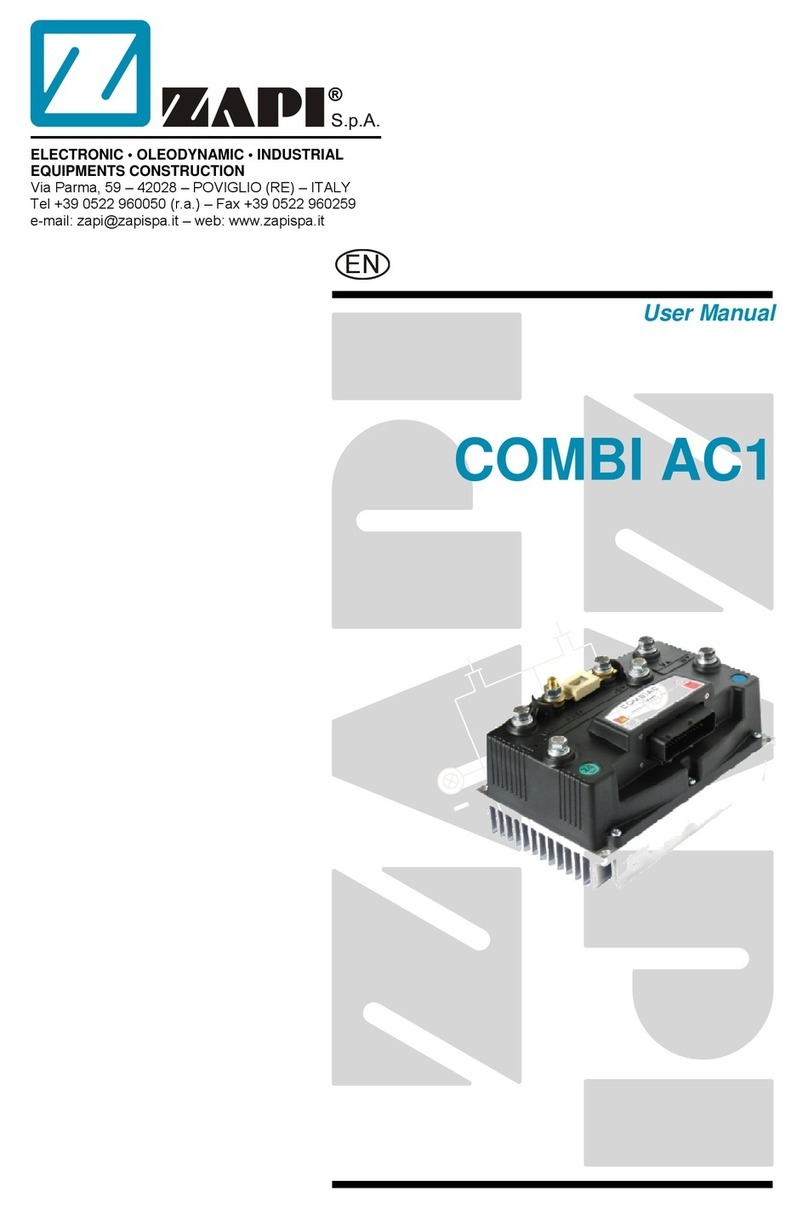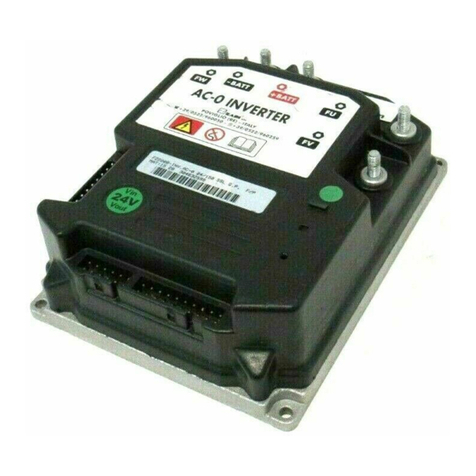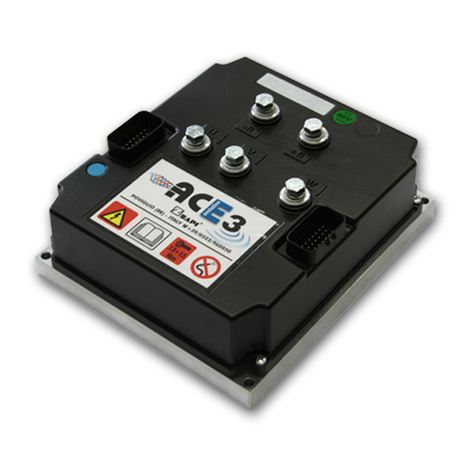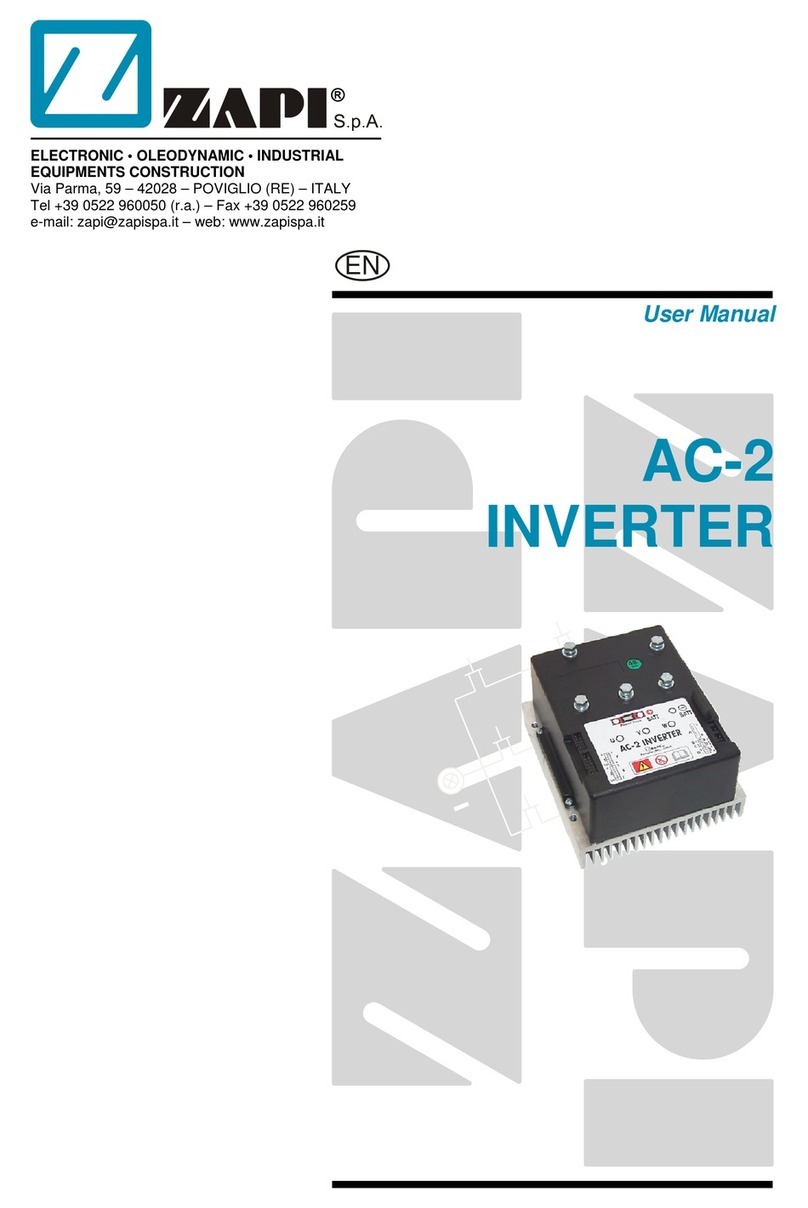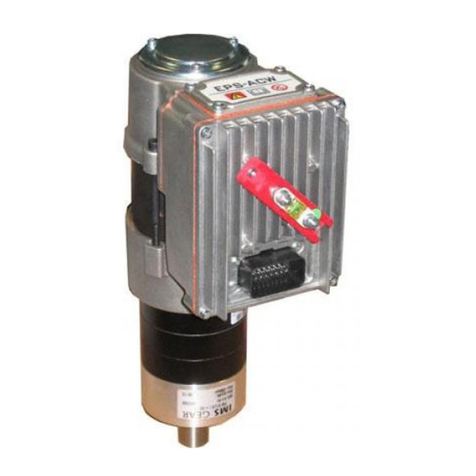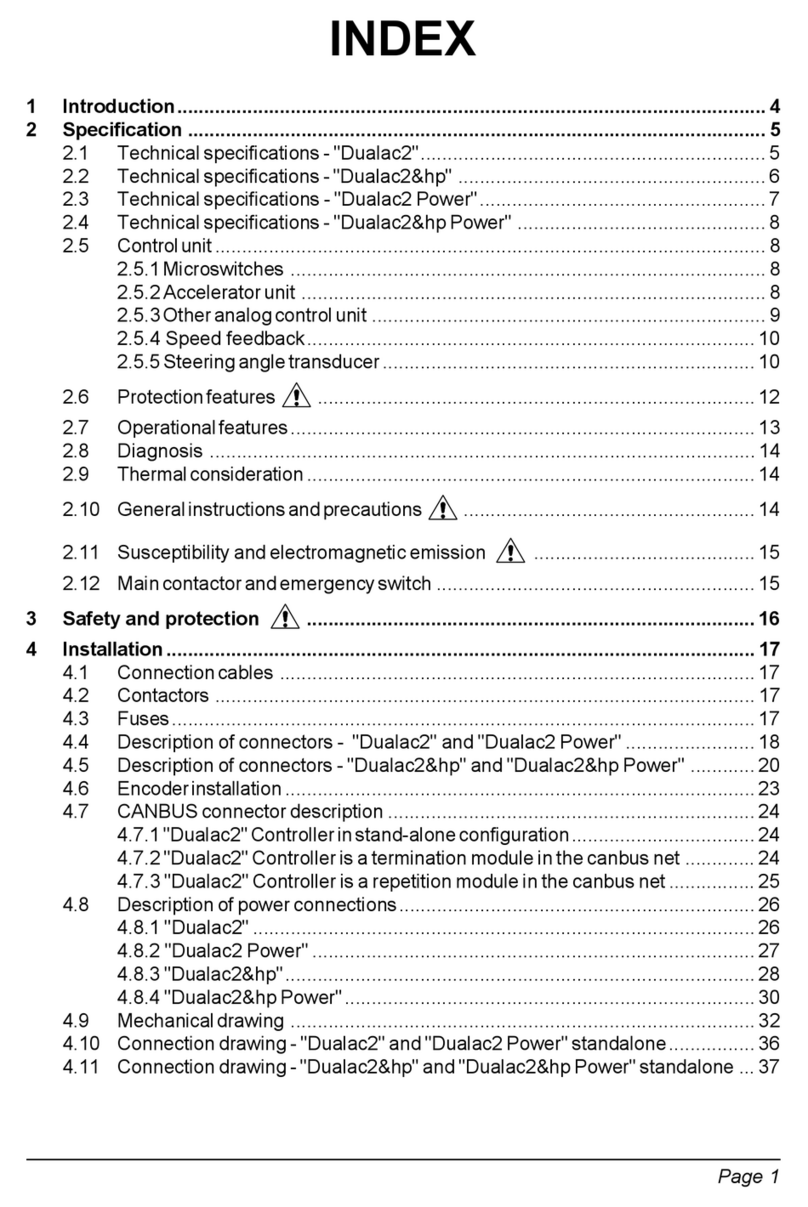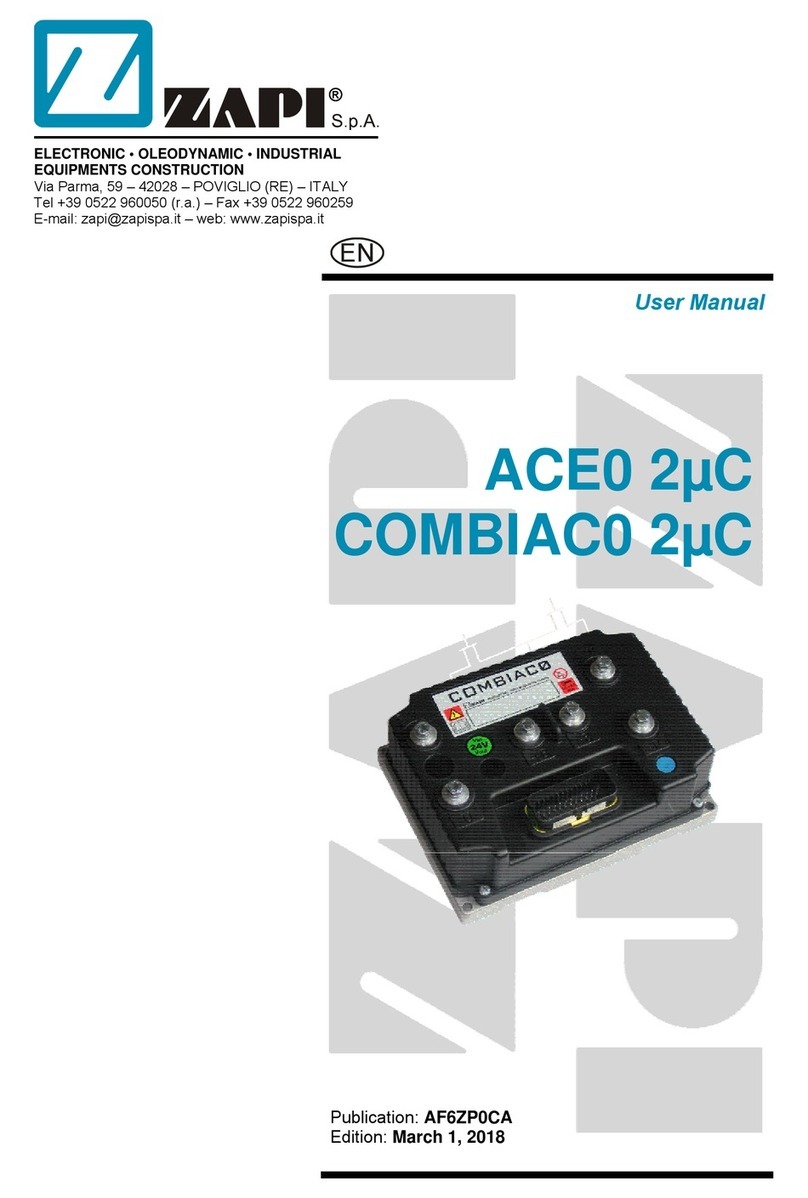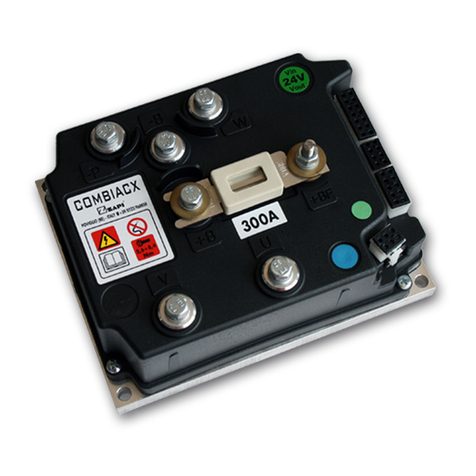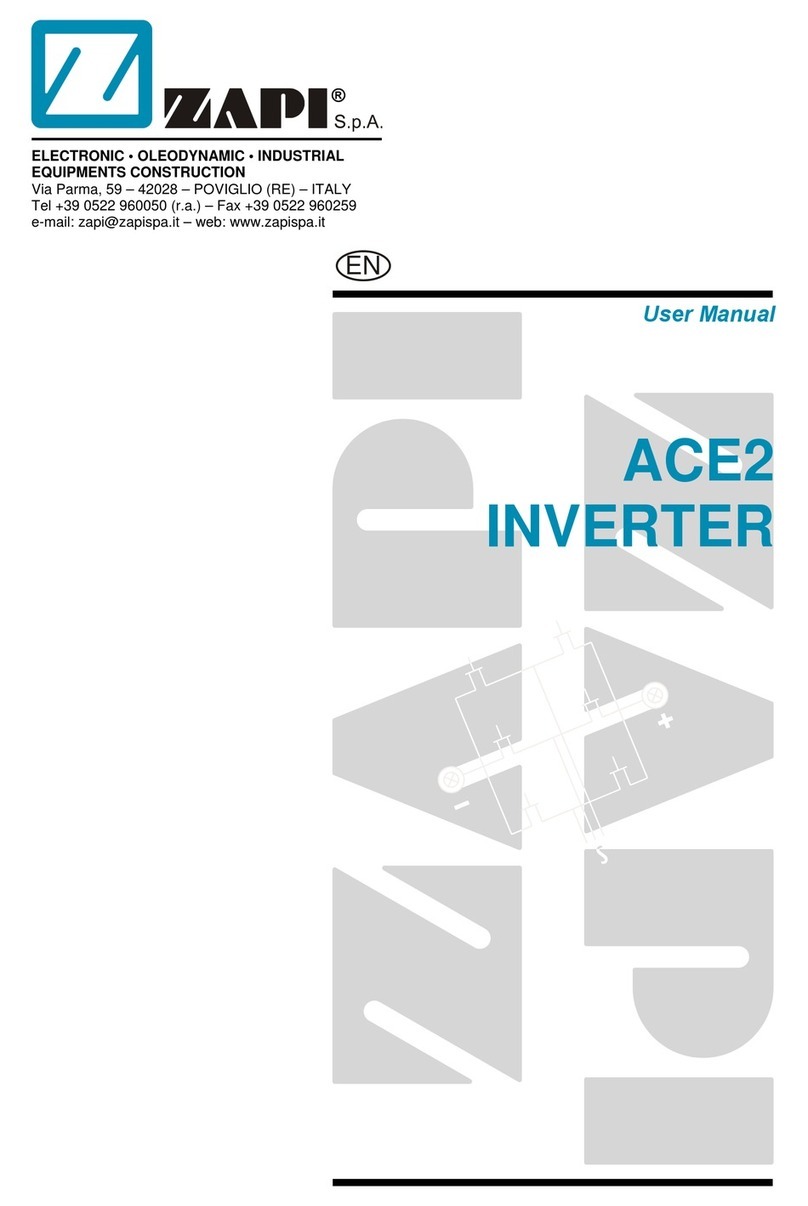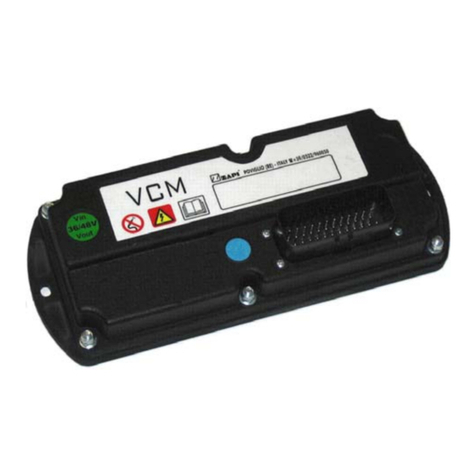
Page 1
INDEX
Page
1 Introduction.................................................................................................... 3
2 Specification .................................................................................................. 3
2.1 AC-3 Technical specifications ................................................................ 3
2.2 AC-4 Technical specifications ................................................................ 3
2.3 Block diagram ........................................................................................ 4
2.4 Control unit ............................................................................................. 4
2.4.a Microswitches ............................................................................... 4
2.4.b Accelerator unit ............................................................................. 4
2.4.c Other analog control unit ................................................................ 5
2.4.d Speed feedback............................................................................ 5
2.5 Protection features .......................................................................... 6
2.6 Operational features ............................................................................... 7
2.7 Diagnosis .............................................................................................. 8
2.8 Thermal consideration ............................................................................ 8
2.9 General instructions and precautions . .............................................. 8
2.10 Susceptibility and electromagnetic emission .................................. 9
2.11 Main contactor and emergency switch .................................................... 9
3 Installation .................................................................................................... 10
3.1 Connection cables ............................................................................... 10
3.2 Contactors ........................................................................................... 10
3.3 Fuses ................................................................................................... 10
3.4 Description of connectors - Traction configuration ............................... 11
3.4.a Amp Saab connector ................................................................... 11
3.4.b Molex Minifit connectors .............................................................. 13
3.5 Description of connectors - Pump configuration .................................... 15
3.5.a Amp Saab connector ................................................................... 15
3.5.b Molex Minifit connectors .............................................................. 17
3.6 Encoder installation .............................................................................. 19
3.7 Description of power connections......................................................... 20
3.8 AC-3 Mechanical drawing .................................................................... 21
3.9 AC-4 Mechanical drawing .................................................................... 22
3.10 Connection drawing - Traction configuration ......................................... 23
3.10.a Amp Saab connector ................................................................ 23
3.10.b Molex Minifit connectors ........................................................... 24
3.11 Connection drawing - Pump configuration ............................................ 25
3.11.a Amp Saab connector ................................................................ 25
3.11.b Molex Minifit connectors ........................................................... 26
3.12 Connection drawing - Combi configuration ........................................... 27
3.12.a Amp Saab connector ................................................................ 27
3.12.b Molex Minifit connectors ........................................................... 28






